Understanding Your Bronchoscopy Scope Procedure
Dec 23, 2023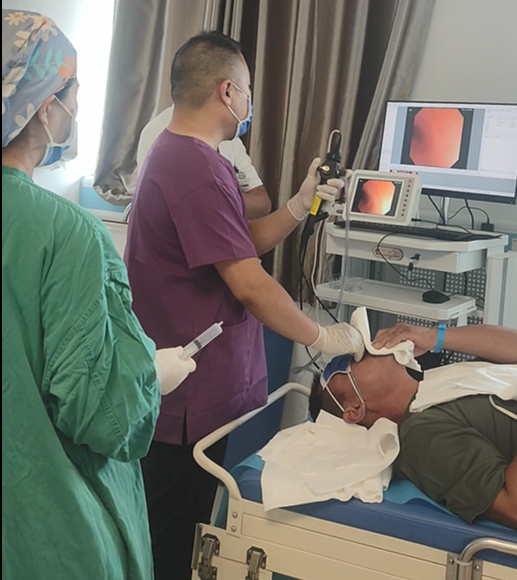
Bronchoscopy Scope Procedure is a medical procedure that allows a healthcare provider to examine a patient’s airways through a small, flexible tube called a bronchoscope. This tool can both diagnose and treat a range of respiratory conditions, making it a crucial tool in the field of respiratory health.
In this article, we will delve into what you can expect during a bronchoscopy scope procedure, the different types of scopes available, and the risks and benefits associated with this exam. We will also provide guidelines on when a bronchoscopy is needed, and what indications healthcare professionals look for.
Key Takeaways:
- Bronchoscopy is a medical procedure that uses a tool called a bronchoscope to examine a patient’s airways.
- There are different types of bronchoscopes, including the flexible bronchoscope.
- Bronchoscopy can be used for both diagnosis and treatment of respiratory conditions.
- There are risks and potential complications associated with bronchoscopy, although these are typically minimized with proper medical care.
- Bronchoscopy is an important tool in respiratory health, and it is crucial to understand what it involves in order to be prepared for the procedure.
What is a Bronchoscopy Scope?
A bronchoscopy scope is a medical instrument used to examine the airways in the lungs. This scope is a thin, flexible tube that is equipped with a small camera and a light source, allowing a physician to carefully inspect the inside of a patient’s lungs. The bronchoscopy scope is often used to diagnose lung conditions such as pneumonia or lung cancer, and may also be used to collect tissue samples for further analysis.
The equipment used during a bronchoscopy procedure may include a bronchoscope, which can be either rigid or flexible, depending on the individual patient’s needs. The flexible bronchoscope is more commonly used, as it allows greater access to the lungs and is more comfortable for the patient. In addition to the bronchoscope, other equipment may include a suction catheter to remove secretions, a biopsy forceps to collect tissue samples, and a bronchoalveolar lavage (BAL) catheter to collect fluid for analysis.
Diagnostic and Therapeutic Bronchoscopy
Bronchoscopy is a versatile tool that can be used for both diagnostic and therapeutic procedures. Diagnostic bronchoscopy involves using a flexible scope to examine the airways and take tissue samples to diagnose respiratory conditions.
Therapeutic bronchoscopy, on the other hand, involves using the scope to perform procedures to treat respiratory conditions. Examples include removing blockages from the airways, treating tumors or lesions, or stopping bleeding in the airways.
The decision to perform diagnostic or therapeutic bronchoscopy depends on the patient’s individual needs and condition, and is typically determined by a healthcare professional.
Indications and Guidelines for Bronchoscopy
Bronchoscopy is generally recommended when a patient has abnormal respiratory symptoms, such as coughing, difficulty breathing, or chest pain that cannot be diagnosed through other tests. It is also used to evaluate abnormal imaging results, such as chest x-rays or CT scans.
There are various indications for bronchoscopy, including suspected infections such as tuberculosis, foreign body aspiration, or cancer. It is also used to collect samples for further testing, such as biopsies of lung tissue, bronchial washings, or bronchoalveolar lavage (BAL) fluid. Bronchoscopy can also be performed for therapeutic purposes, such as removing excess mucus or a foreign object from the airway.
Guidelines for bronchoscopy focus on minimizing the risks associated with the procedure. This includes thorough evaluation of the patient’s medical history and current health status, as well as detailed assessment of the patient’s airway anatomy. Bronchoscopy is typically performed in a controlled environment, such as an operating room, and under sedation or anesthesia to minimize pain and discomfort.
Overall, bronchoscopy is a valuable tool in respiratory health when used appropriately and in adherence to established guidelines.
Risks and Complications of Bronchoscopy
While bronchoscopy is a relatively safe procedure, there are certain risks and complications associated with it. One of the most common risks is infection. This may occur because the scope comes into contact with the patient’s airways, which can introduce bacteria or viruses into the body. Infections can be particularly dangerous for patients who have weakened immune systems.
Bleeding is another possible complication of bronchoscopy. This can occur if the scope irritates the lining of the airways or if a biopsy (a small tissue sample) is taken during the procedure. Patients who are taking blood-thinning medications or have a bleeding disorder should inform their healthcare provider before the procedure.
Lung injury is a more serious complication of bronchoscopy. This can happen if the scope is inserted too deep or if too much pressure is applied during the procedure. Lung injury can lead to symptoms such as chest pain, shortness of breath, and coughing up blood. Immediate medical attention is necessary if any of these symptoms occur after a bronchoscopy.
However, the risks associated with bronchoscopy are minimized by trained healthcare professionals who follow strict guidelines and take all necessary precautions. Patients are often advised to refrain from eating or drinking several hours before the procedure and to inform their healthcare provider of any medications they are taking. With proper preparation and a skilled practitioner, bronchoscopy can be a valuable diagnostic and therapeutic tool for patients with respiratory conditions.
Conclusion
Overall Bronchoscopy Scope Procedure is a medical procedure that allows a healthcare provider to examine a patient’s airways through a small, flexible tube called a bronchoscope. This tool can both diagnose and treat a range of respiratory conditions, making it a crucial tool in the field of respiratory health., undergoing a bronchoscopy procedure can provide valuable information to diagnose and treat respiratory conditions. While it does come with potential risks and complications, healthcare professionals take great care to minimize these risks during the examination. Individuals who are recommended to undergo bronchoscopy should consult with their healthcare provider for more information specific to their individual circumstances.
By understanding what a Bronchoscopy Scope Procedure is a medical procedure that allows a healthcare provider to examine a patient’s airways through a small, flexible tube called a bronchoscope. This tool can both diagnose and treat a range of respiratory conditions, making it a crucial tool in the field of respiratory health. entails, patients can feel more prepared and at ease during the examination. With proper guidelines and equipment, healthcare professionals can continue to utilize bronchoscopy as a valuable tool in respiratory health.
FAQ
What is a bronchoscopy scope?
A bronchoscopy scope is a medical instrument used to perform a bronchoscopy procedure. It consists of a flexible or rigid tube equipped with a light and a camera that allows doctors to visualize the airways and collect samples for diagnostic or therapeutic purposes.
What is the purpose of a bronchoscopy procedure?
The purpose of a bronchoscopy procedure is to examine the airways, diagnose respiratory conditions, and provide therapeutic interventions if necessary. It helps doctors evaluate the lungs, detect abnormalities, remove foreign objects, collect samples for analysis, and treat certain respiratory issues.
What are the different types of bronchoscopy scopes?
There are two main types of bronchoscopy scopes: flexible bronchoscopes and rigid bronchoscopes. Flexible bronchoscopes are more commonly used as they can easily navigate through the airways, while rigid bronchoscopes are used for specific procedures that require a larger working channel or rigid support.
What is the difference between diagnostic and therapeutic bronchoscopy?
Diagnostic bronchoscopy is performed to evaluate and diagnose respiratory conditions. It involves visually examining the airways, collecting tissue samples, and performing various tests to determine the cause of symptoms. Therapeutic bronchoscopy, on the other hand, involves interventions to treat and manage specific conditions or remove obstructions, such as tumors, excess mucus, or foreign objects.
When is bronchoscopy recommended?
Bronchoscopy is recommended when there are suspected respiratory conditions that need further evaluation or treatment. It may be advised for diagnosing lung infections, tumors, chronic cough, unexplained shortness of breath, bleeding in the airways, or assessing the effectiveness of previous treatments. Your healthcare provider will determine if a bronchoscopy is necessary based on your symptoms and medical history.
What are the indications and guidelines for bronchoscopy?
The indications for bronchoscopy can vary depending on the individual case, but some common indications include suspicion of lung cancer, evaluation of chronic respiratory symptoms, investigation of unexplained lung infections, and assessment of lung transplant candidates. Guidelines for bronchoscopy are established by professional medical societies and help ensure that the procedure is performed safely and effectively.
What are the risks and complications of bronchoscopy?
Like any medical procedure, bronchoscopy carries some risks and potential complications. These include infection, bleeding, lung injury, perforation of the airways, adverse reactions to anesthesia or sedation medications, and rare risks of complications associated with specific interventions performed during the bronchoscopy. However, these risks are generally low, and healthcare professionals take precautions to minimize them.
Categories
Latest Articles

More than ten years focus on the field of anesthesia Jiangsu Mole Medical, providing airway equipment for thousands of hospitals around the world
More than ten years focus on the field of anesthesia Jiangsu Mole Medical, providing airway equipment for thousands of hospitals around the world
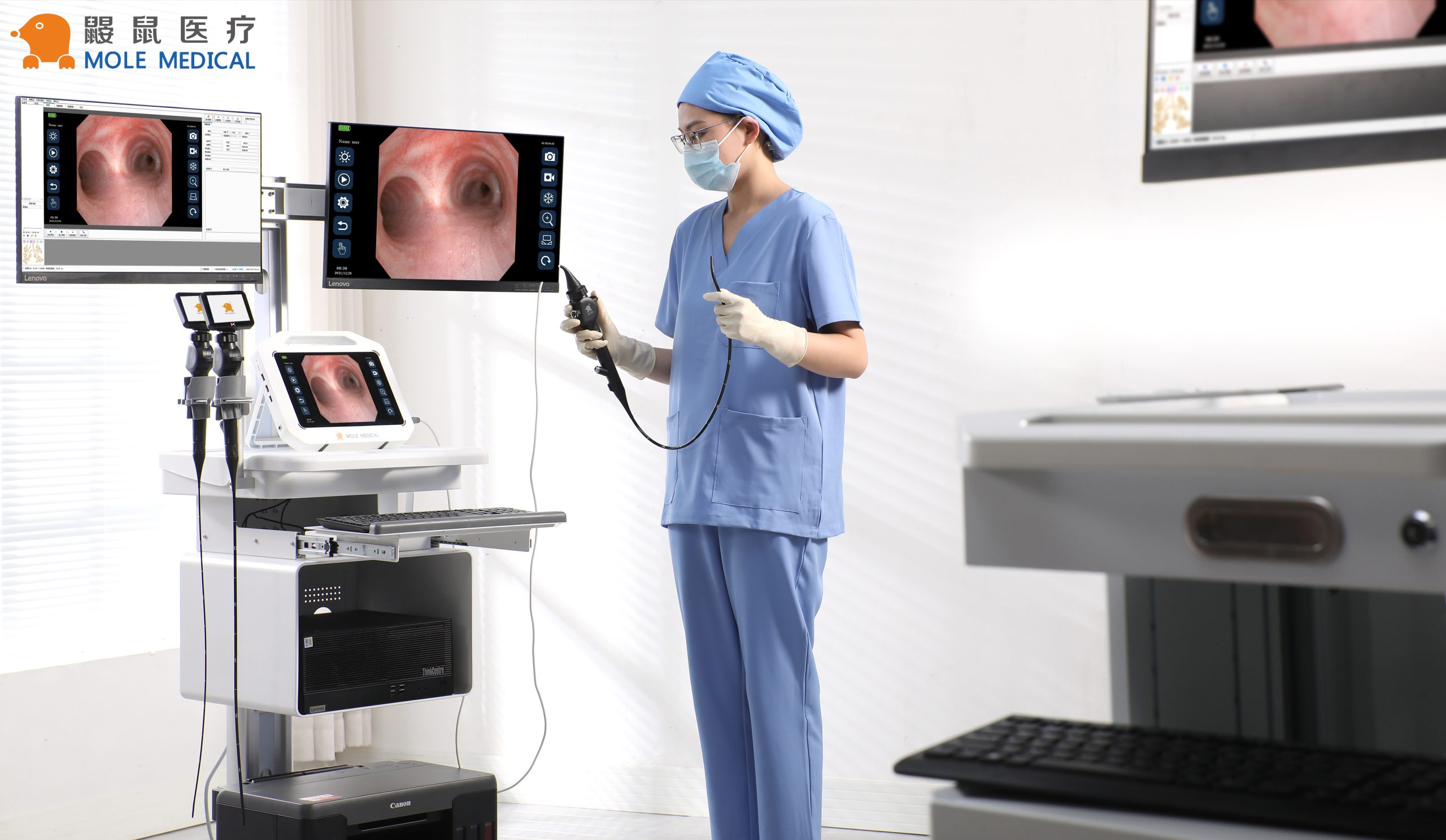
Emergency department essential: Mole medical portable video endotracheal intubation scope in the actual advantages of pre-hospital emergency
In the complex environment of pre-hospital emergency treatment, establishing artificial airway quickly and accurately is one of the key steps to save patients' lives. The traditional endotracheal intubation operation under direct laryngoscope has some problems such as limited field of vision and difficult operation, especially in the case of patients with limited neck movement, excessive oral secretions or anatomic abnormalities, and the success rate may be affected. In recent years, with the advancement of medical technology, portable video endotracheal intubation scopes have gradually become an important tool in emergency departments. Among them, the portable video endotracheal intubation scopes of Mole Medical show significant practical advantages in pre-hospital emergency care with its unique design and performance.
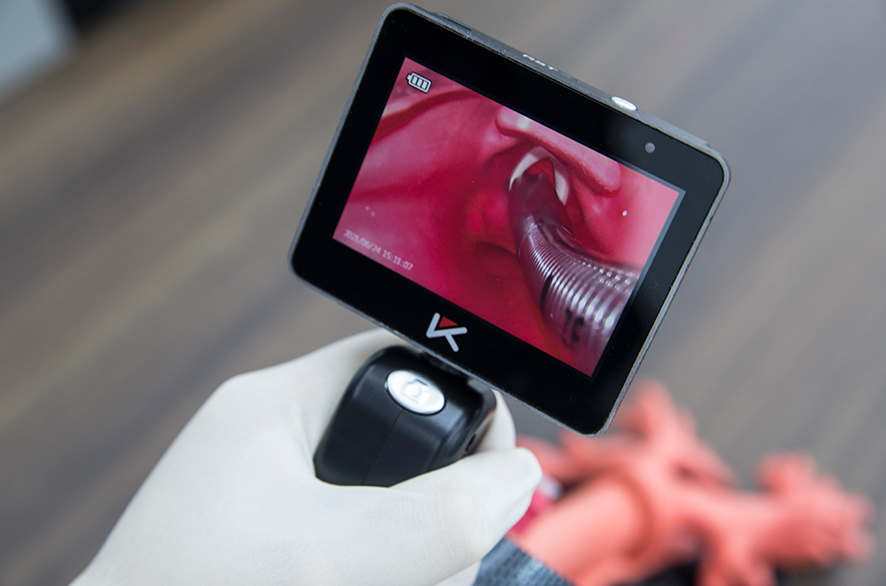
Disposable Video Laryngoscope for Adult Intubation: Advanced Airway Management
Why is good airway management important in emergencies and surgeries? Doctors and nurses must quickly and safely place a breathing tube in many patients. This is especially hard when the airway is difficult to see or reach. Video laryngoscopes help with this. They have a small camera that shows a clear view of the airway. ... Read more
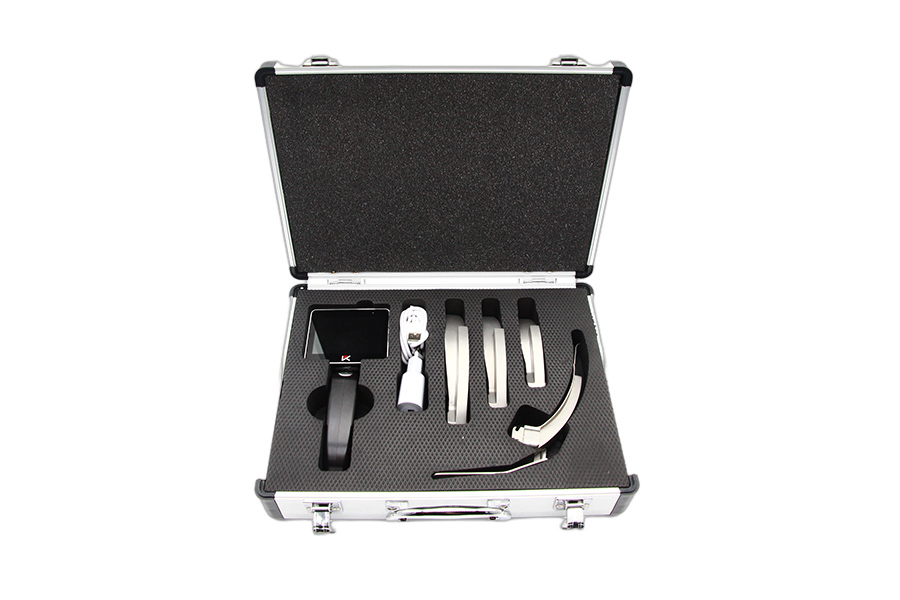
Medical and Anesthesia Video Laryngoscopes: Advancements in Airway Management
Airway management is crucial in medical and anesthesia procedures, as it helps prevent serious risks to patients. Tools for managing the airway assist doctors in keeping it open, preventing complications during surgery or emergencies. A key advancement in modern medicine is the video laryngoscope, which provides a clear view of the airway, allowing doctors to ... Read more
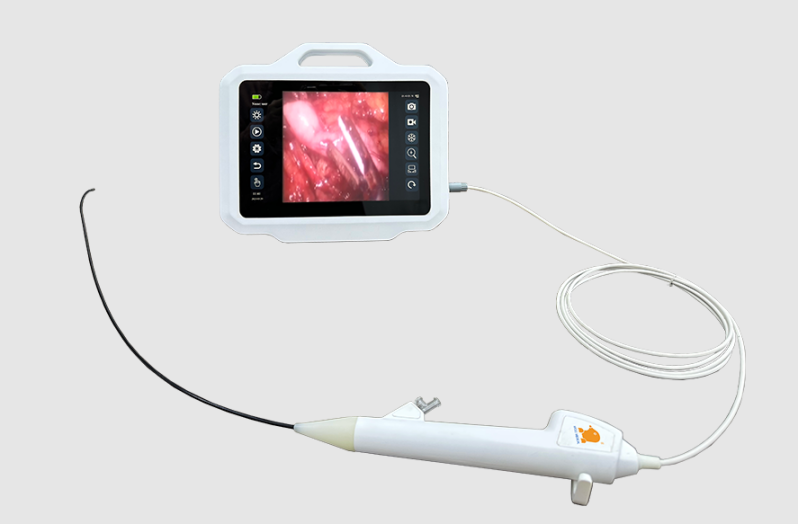
Why Choose a Disposable Flexible Ureteroscope for Your Medical Needs?
Ureteroscopy is a procedure designed to diagnose and treat issues in the kidneys and urinary tract. It enables doctors to detect and remove kidney stones, tumors, or blockages using a small camera to examine the urinary system. Recently, disposable flexible ureteroscopes have gained popularity. These scopes are significant because they are user-friendly and can be ... Read more



